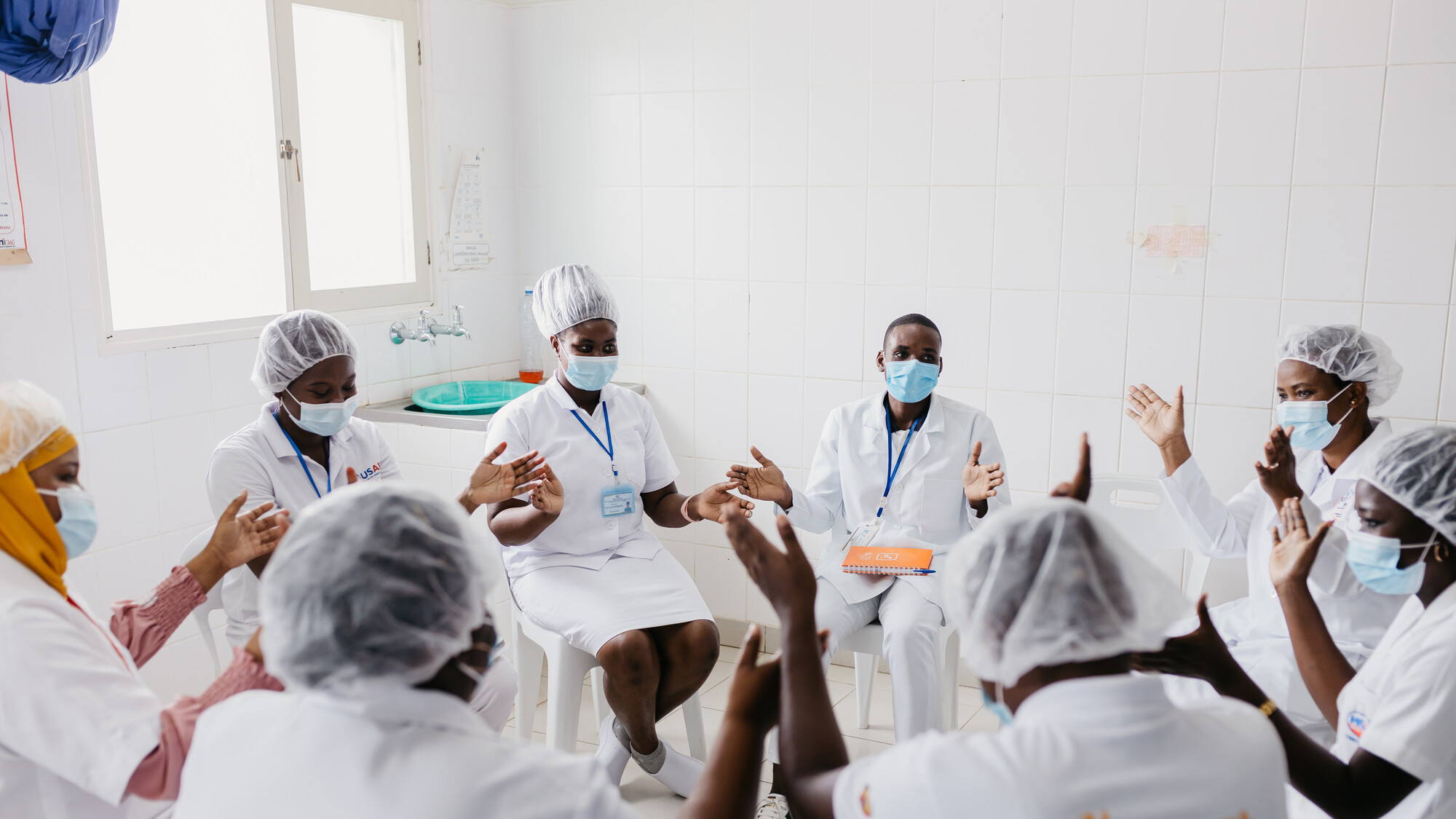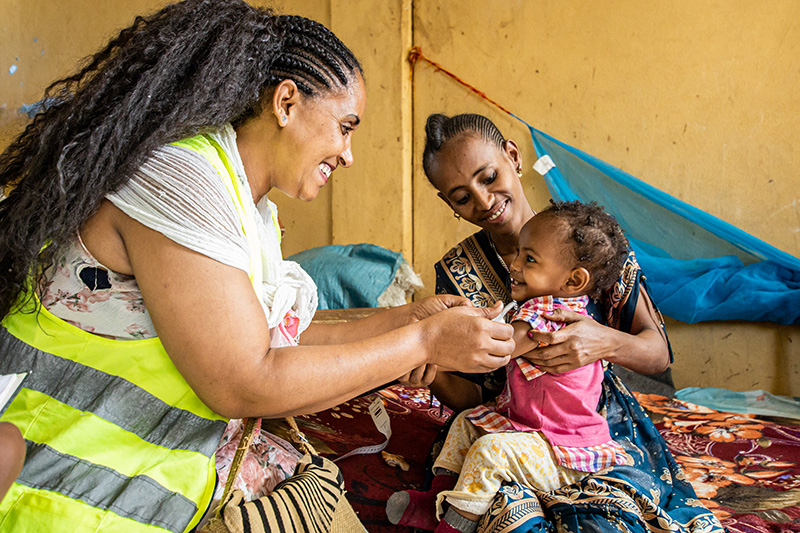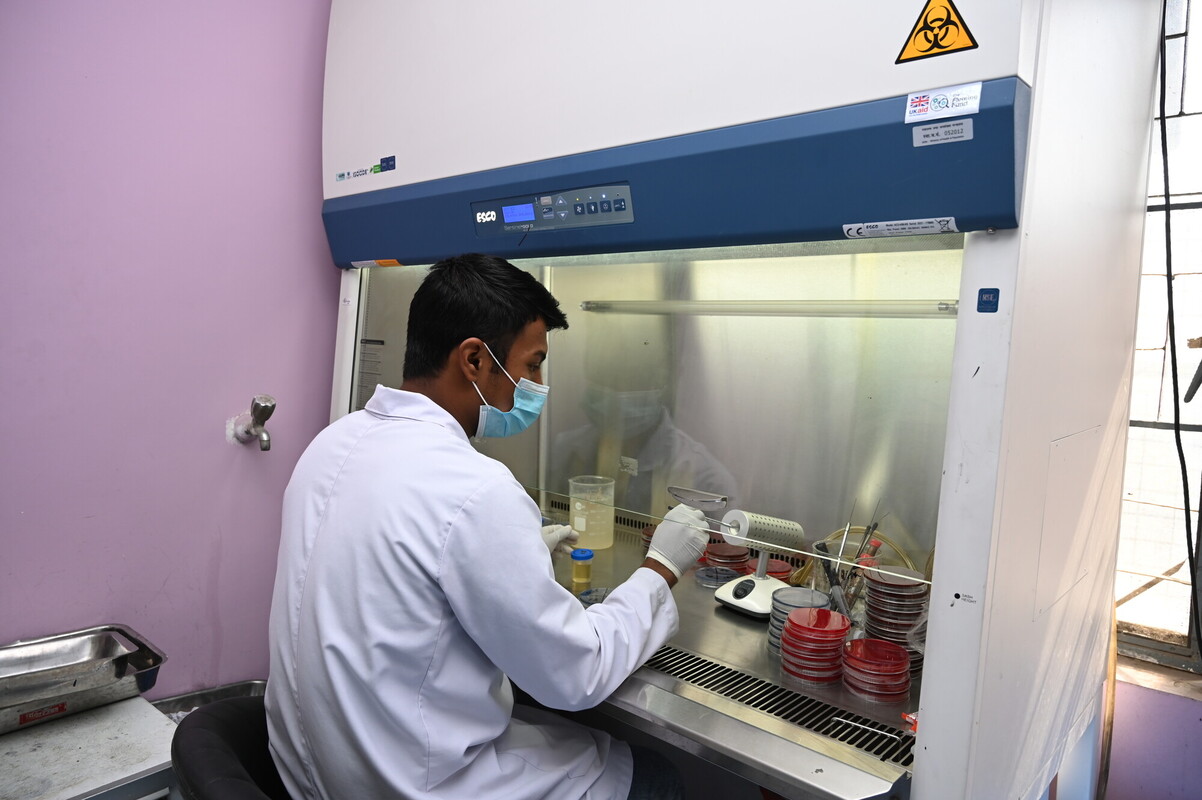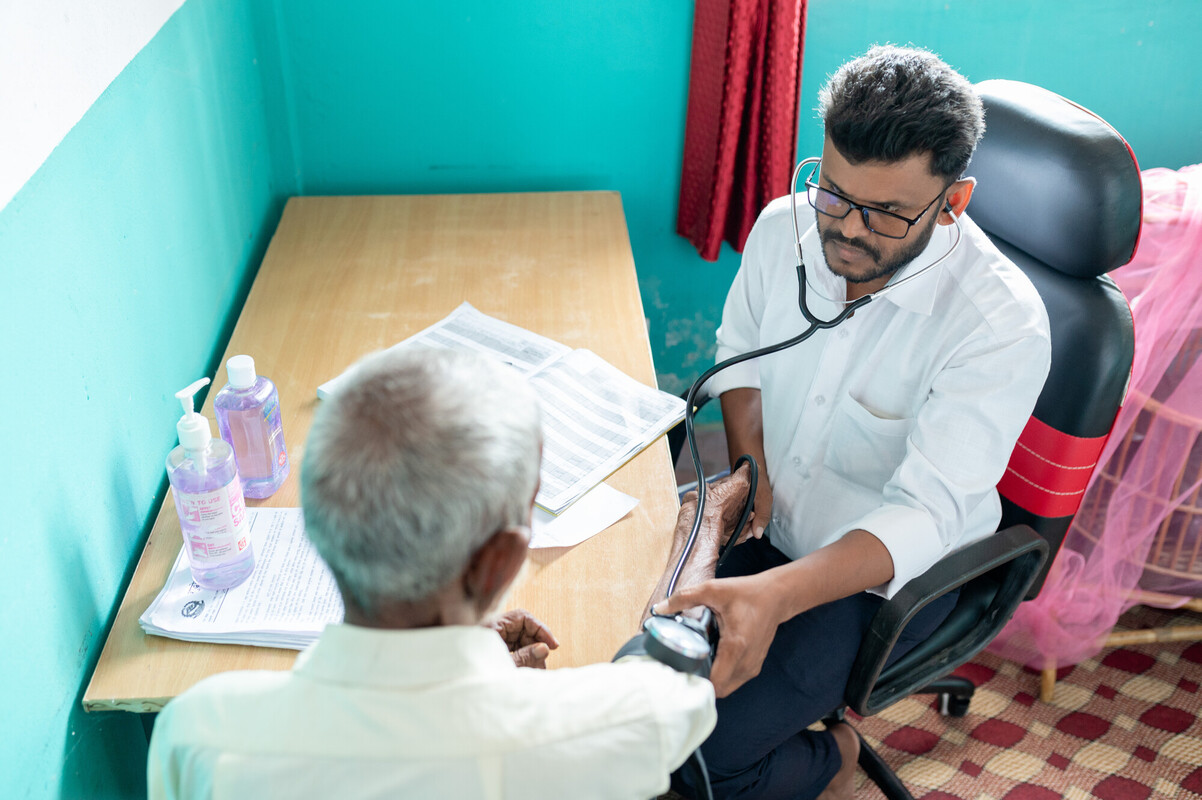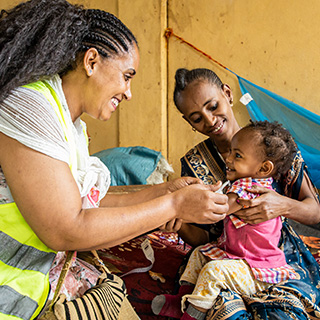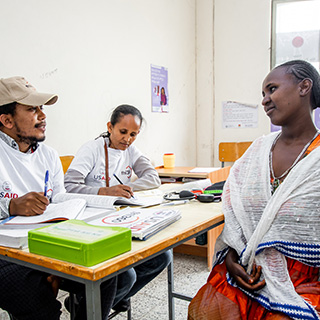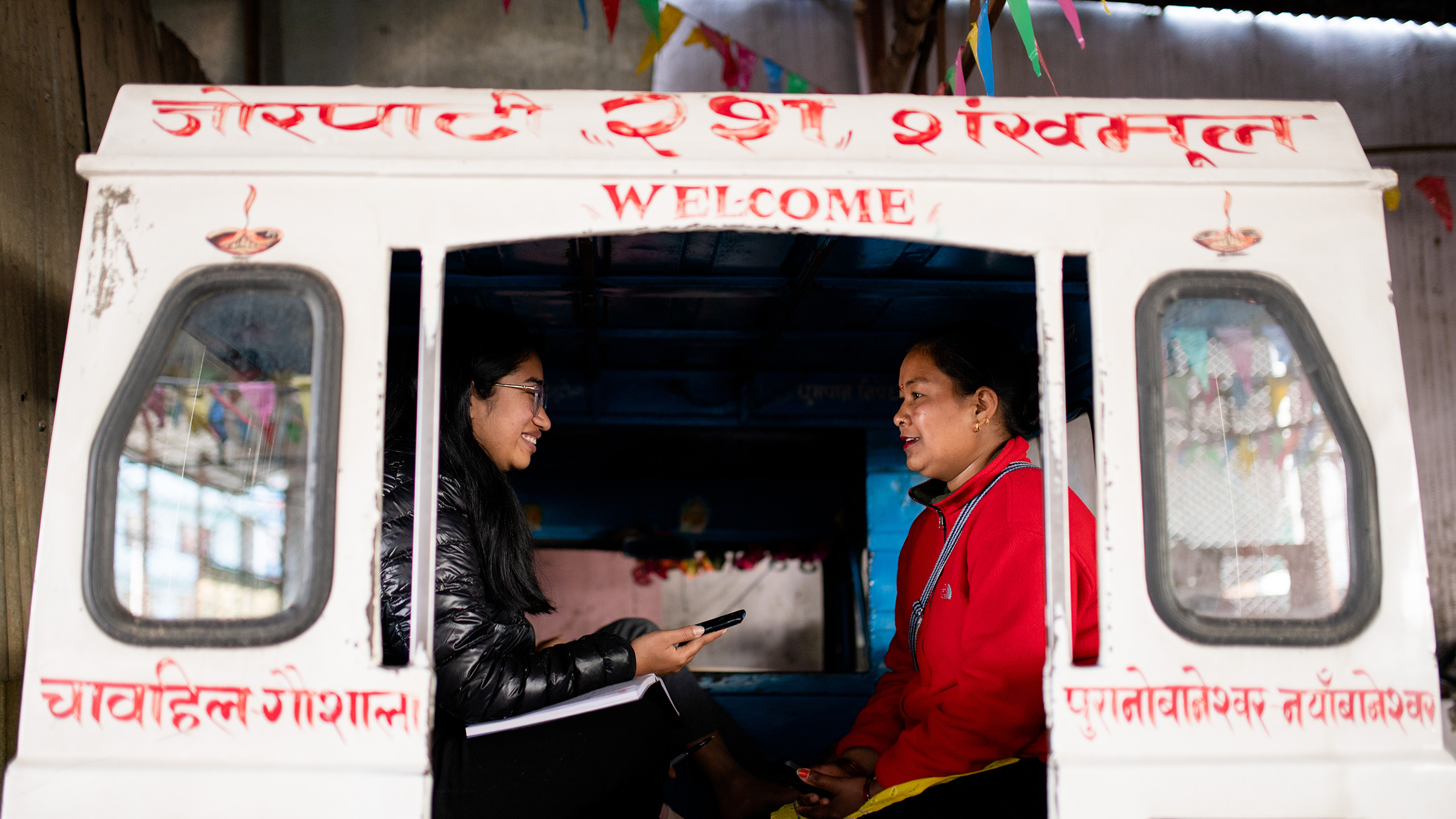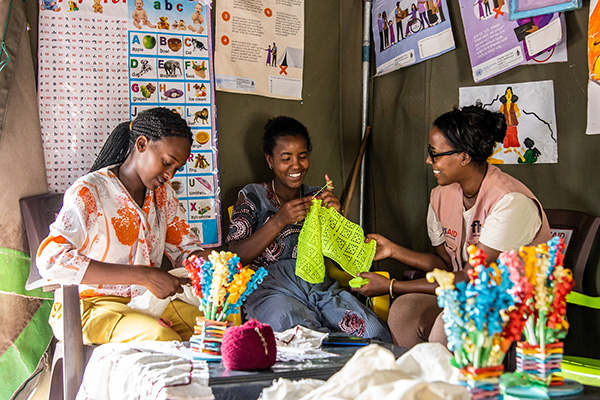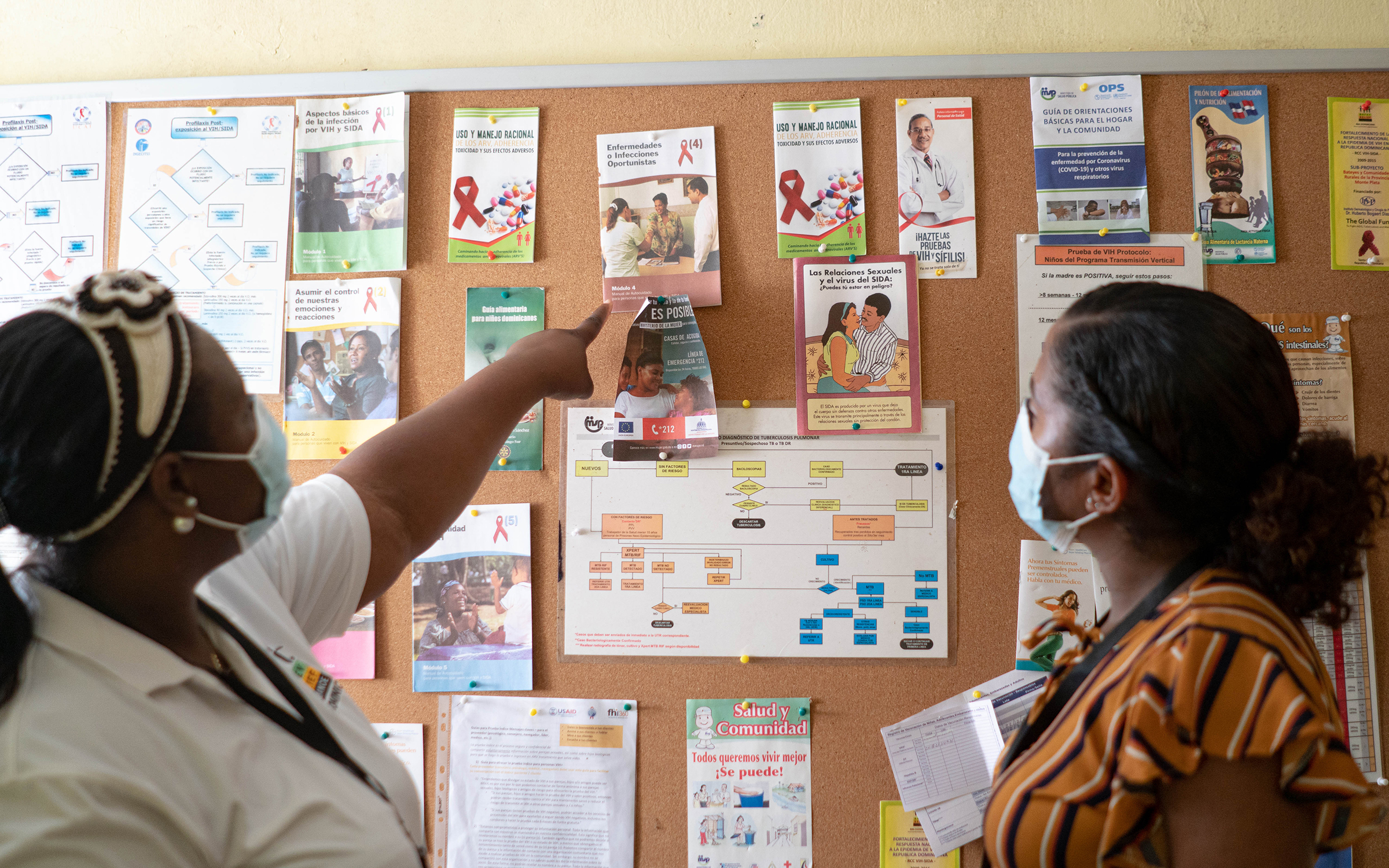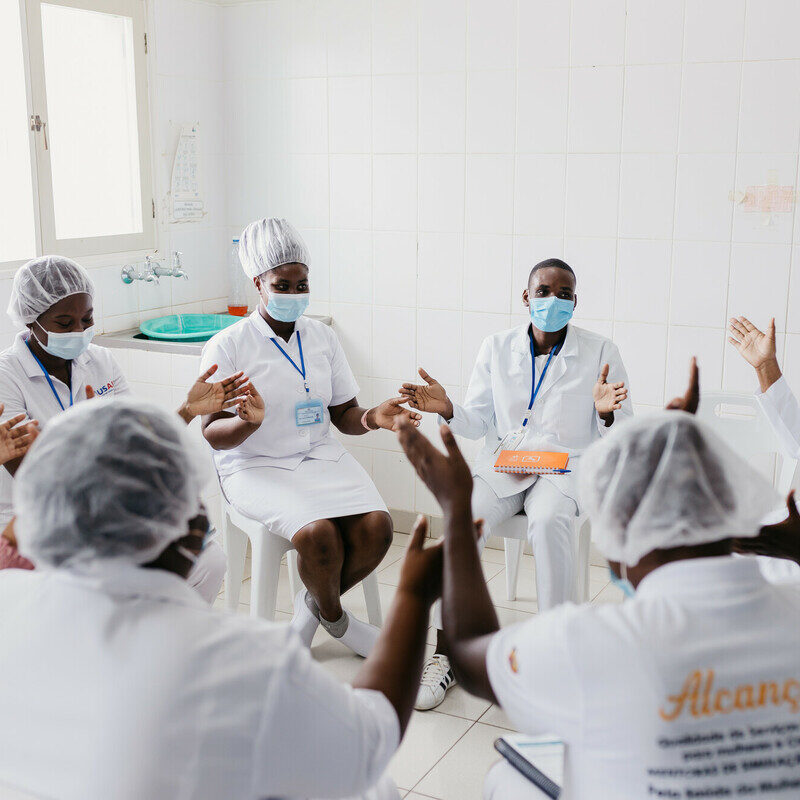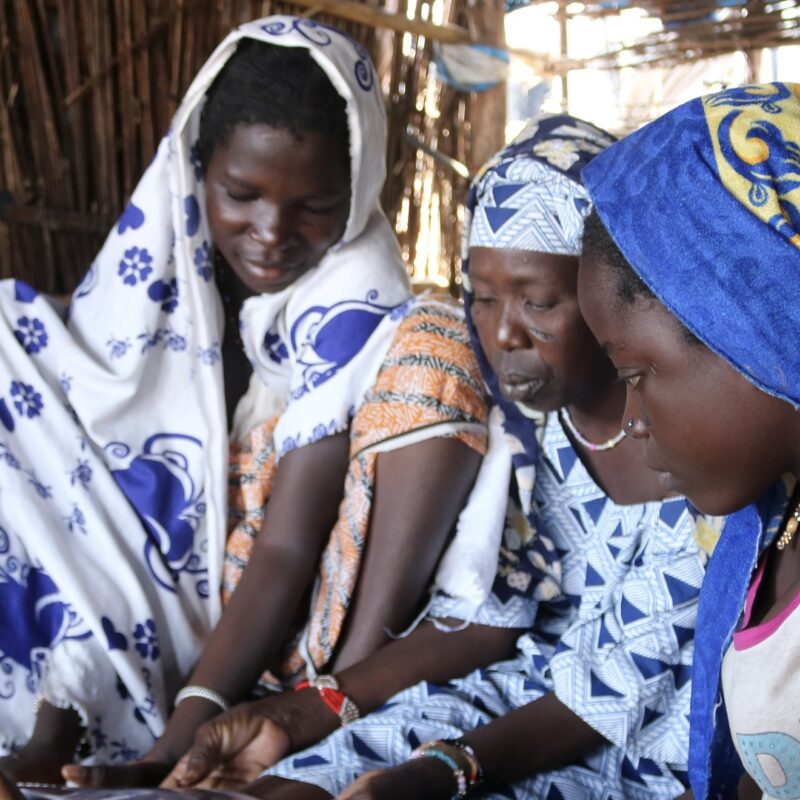Since 2015, FHI 360 has been leading projects in Zimbabwe to improve HIV care and treatment, food security, and maternal, newborn, and child health and family planning (MNCH-FP). Our work through the Accelerated and Comprehensive HIV Care for Epidemic Control in Zimbabwe project is helping more people living with HIV become aware of their status and receive high-quality treatment. The Re-Ignite, Innovate, Sustain, and Empower project is working to reduce HIV risk among adolescent girls and young women in Zimbabwe using the U.S. Agency for International Development’s (USAID) DREAMS (Determined, Resilient, Empowered, AIDS-free, Mentored and Safe) approach. FHI 360 is supporting RISE in key areas of the DREAMS approach: gender, equity, safeguarding and social inclusion; economic strengthening; and mentoring.
The Meeting Targets and Maintaining Epidemic Control (EpiC) project aims to achieve and maintain HIV epidemic control. In Zimbabwe, the EpiC project has supported health facilities that have been strained by the COVID-19 pandemic by providing ventilators to intensive care units and support to health providers to use the ventilators safely and effectively.
The Mhuri/Imuli project, funded by USAID, is working to improve the quality and availability of MNCH-FP services. In Manicaland province, the project improves the demand for and availability of MNCH-FP services by expanding the availability of lifesaving emergency obstetric and newborn care services; strengthening community systems for integrated MNCH-FP services; and engaging religious and cultural leaders, men, and young people in supporting the use of MNCH-FP services. The project works to advance continuous quality improvement approaches to ensure consistent availability of high-quality services in Manicaland. The project also expands access to a full range of FP services in eight provinces in Zimbabwe through mobile FP outreach teams.
In the Manicaland and Masvingo provinces, we are working with CARE International to carry out Takunda, a food security program. FHI 360 serves as the program’s technical lead on social and behavior change.
